Lucid Air price, interior, range, Dream Edition and more
Could the Lucid Air be the Tesla killer people have been waiting for?
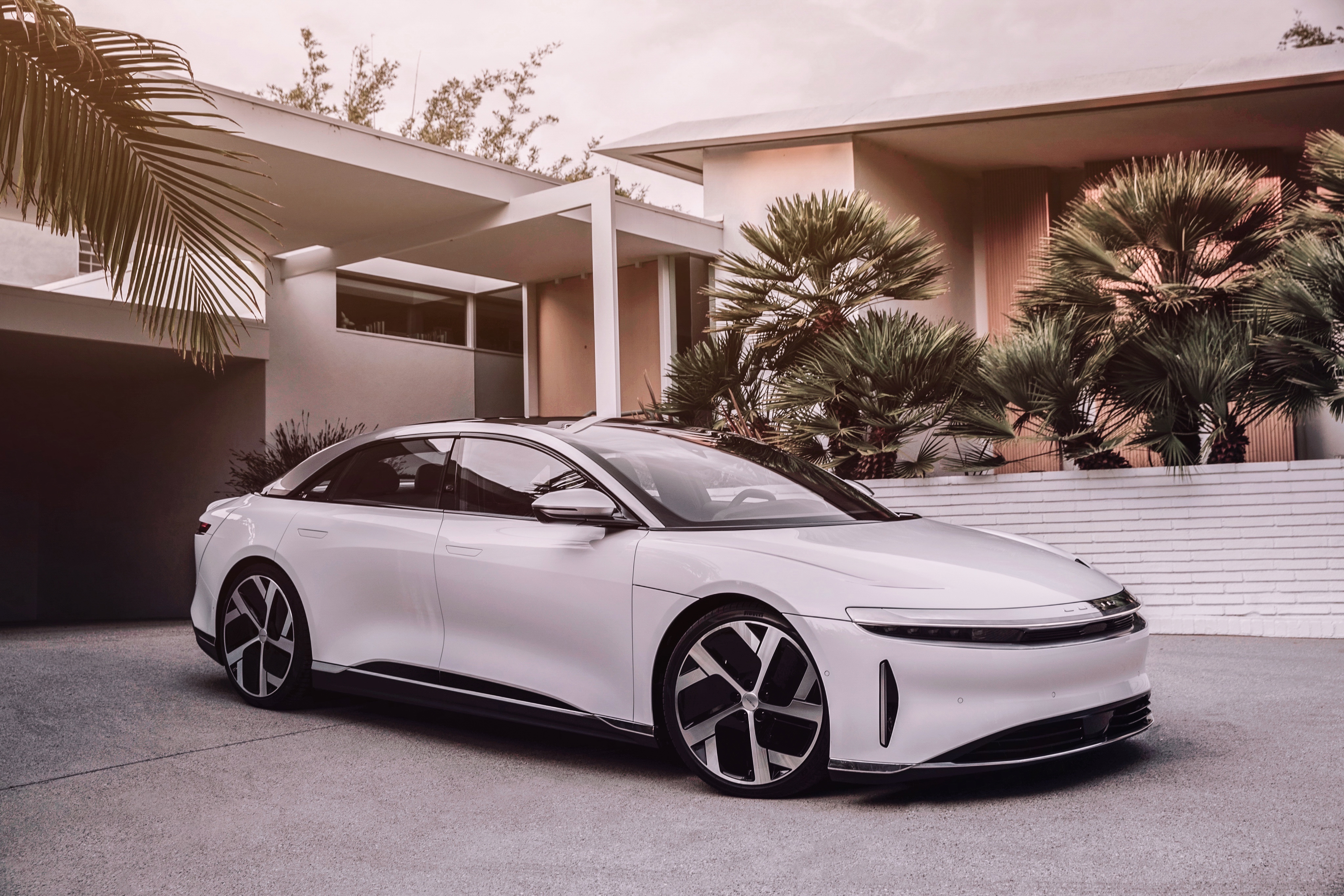
Release Date: Available now
Price: From $87,400
Power: Up to 1,111 horsepower
Battery range: Up to 520 miles
0 to 60 mph: 2.5 seconds
Smarts: DreamDrive, Dolby Atmos, Immersive speaker system
There’s no shortage of luxury electric vehicles out there, and the Lucid Air looks to beat them all at their own game. Offering power, range, and a sleek aerodynamic design, this is definitely one electric car to watch.
From the sounds of things the Lucid Air may even be the Tesla competitor we’ve been waiting for, with up to 520 miles of range, 1,111 horsepower, and a 0-60 time of just 2.5 seconds. It’s the kind of luxury sedan that could easily give the Tesla Model S Plaid a run for its money.
The Lucid Air could have what it takes to make our best electric car list, and we look forward to bringing you our full review. In the meantime, here's everything you need to know about the Lucid Air, from its design and release date window to its specs and special Dream Edition.
Lucid Air: Price and release window
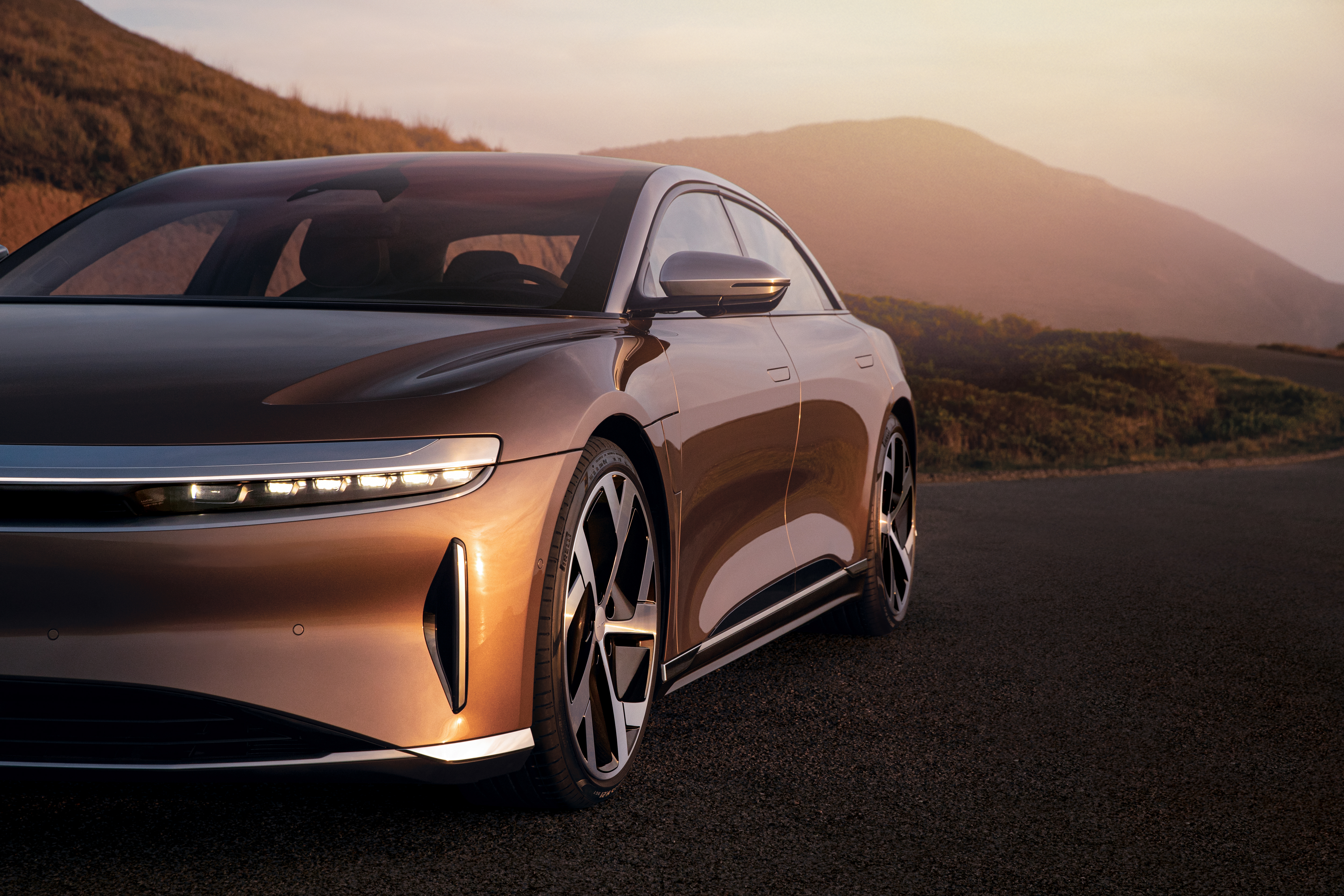
The first Lucid Air deliveries took place towards the end of October 2021, though only the people with some of the first Dream Edition reservations were able to receive their cars.
Delivery of other models is set to begin some time in 2022, starting with the Air Grand Touring variants in June. It's not clear what sort of rollout there will be, but Lucid has confirmed the Air Touring model won't be arriving until Q4.
Luxury is not something that comes cheap, and the Lucid Air is pretty far from what you’d call a budget car. Four different models are available, with starting prices ranging from $87,400 all the way up to $179,000.
The three cheapest Lucid Air models were originally cheaper, but supply chain constraints mean that the price is rising on June 1. Here's what you'll pay after that date.
Sign up to get the BEST of Tom's Guide direct to your inbox.
Get instant access to breaking news, the hottest reviews, great deals and helpful tips.
The cheapest model is the Lucid Air Pure, which starts at $87,400, followed by the Lucid Air Touring at $107,400. Also coming is the Air Grand Touring, which starts at $154,000 and the Air Grand Touring Performance, which hasn't had a price hike, starts at $179,000.
The Lucid Air Dream Edition is also being made, but limited numbers mean it’s now out of stock. It is possible to join the waitlist in case more become available, though prices start at $169,000. The Dream Edition is going to be built in two variants: The Dream Range and Dream Performance.
Lucid Air: Battery and range
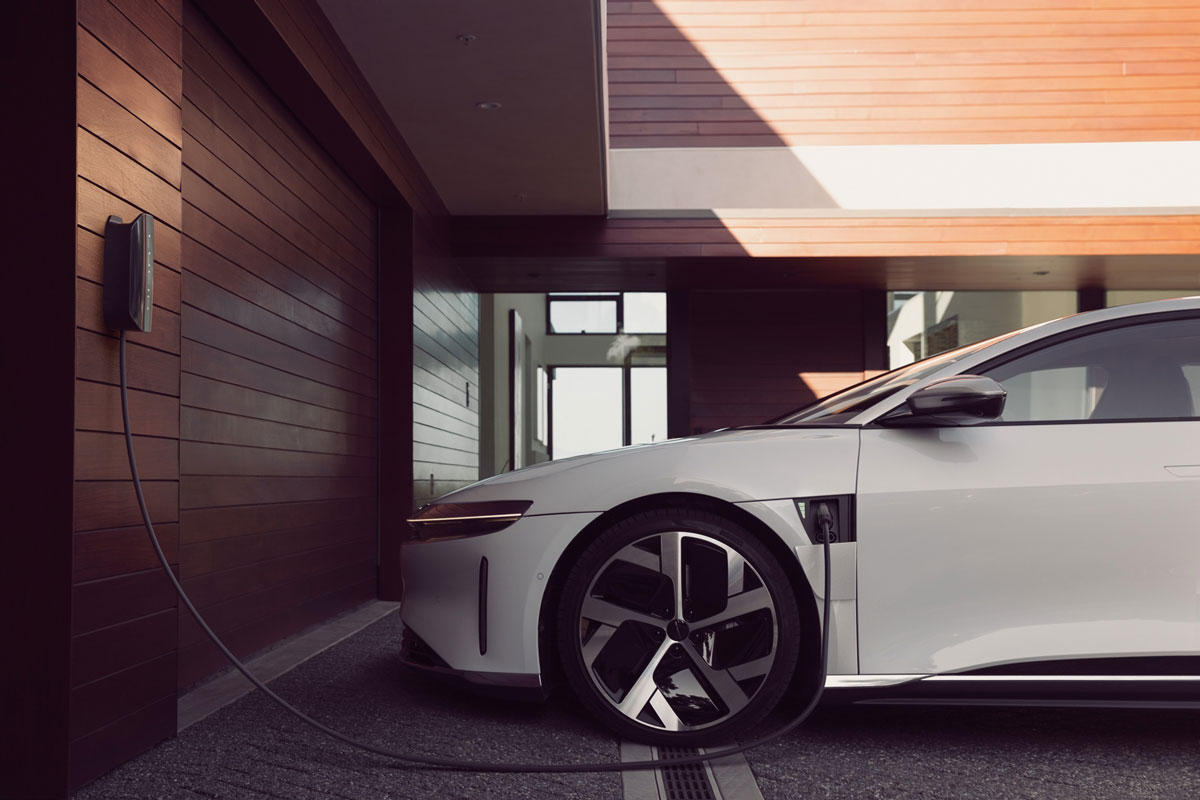
One of the big selling points of the Lucid Air is the extreme range. More range than some of the biggest name in electric car endurance, like Tesla, even. According to Lucid, and the EPA, the Air Dream Edition Range model has a 113 kWh battery that can travel 520 miles on a single charge.
Originally the company said this figure would be around 503, pending EPA range testing. Now it sounds like this Lucid was being a little too conservative with its estimates.
Meanwhile the Air Dream Edition performance, which sacrifices mileage for power, can travel 471 miles on a single charge.
But since both those models are only available in limited quantities, what can the regular Lucid Air models offer? The Grand Touring model, which has the same 113 kWh battery as both Dream Edition Airs, offers 516 miles of range. The Performance model offers a lower 446 miles per charge. All that power comes with a price, after all.
Meanwhile the Touring and Pure Air models have a smaller 75 kWh battery, which grants them both an estimated 406 miles of driving range.
By comparison, the longest range Tesla currently available is the Long Range Model S, which can travel 405 miles on a charge. That means all five Lucid Air variants can travel further. Of course, the upcoming Cybertruck and 2022 Tesla Roadster offer a respective 500 and 600 miles of range, meaning Tesla likely won’t be in second place for very long.
The Lucid Air also enjoys very fast charging, with support for up to 300 kW rapid charging speeds. According to the company, that means you can reclaim up to 300 miles of range in just 20 minutes. It also supports up to 19.2kW AC charging speeds, and uses the CCS charging standard.
Lucid Air owners get three years of free access to Electrify America’s fast charging network, and like the Ford F-150 Lightning, the Lucid Air can also be used as a battery backup for your house.
Lucid Air: Power and performance
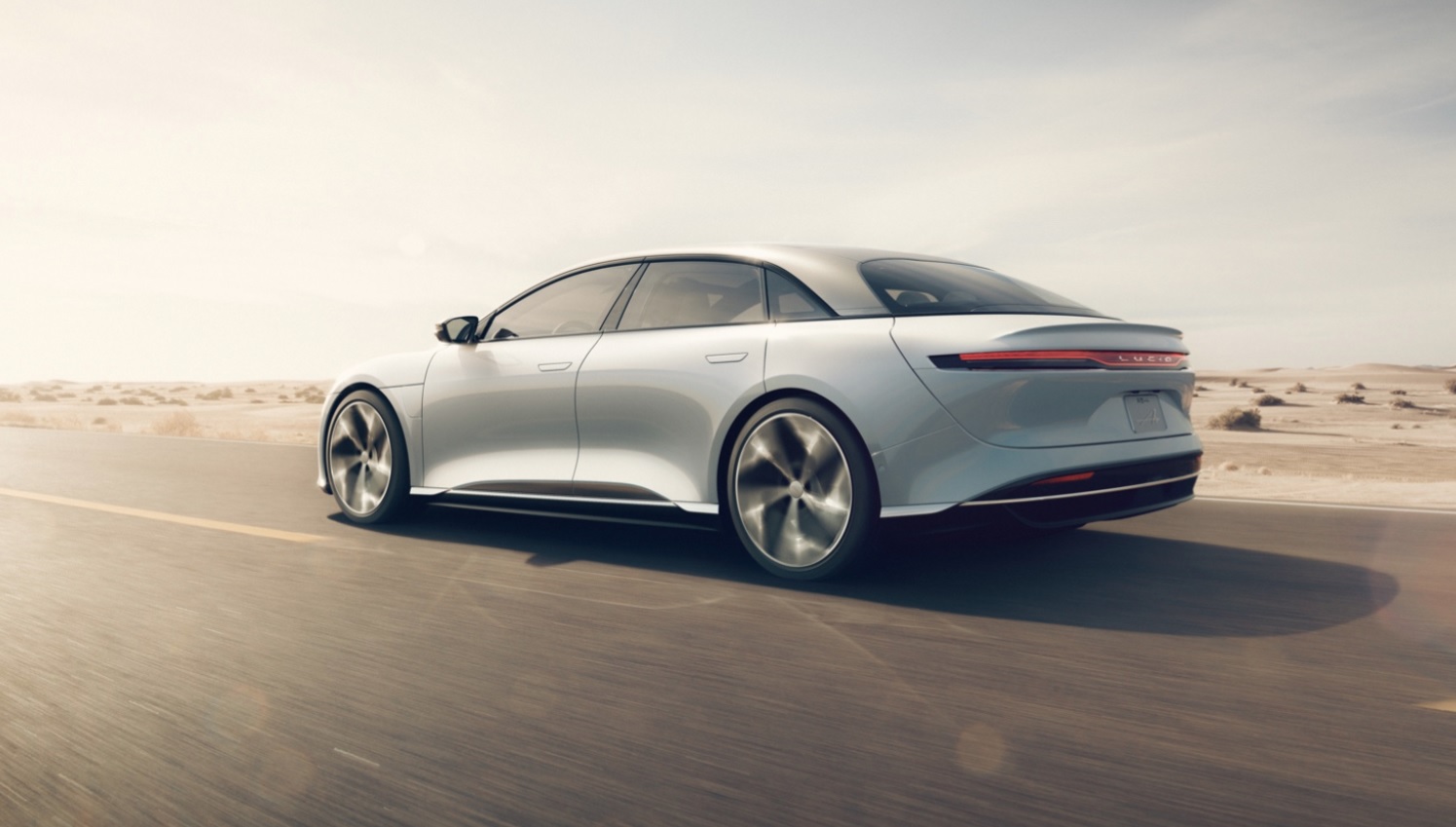
If performance is more important to you than range in an EV, then the Lucid Air still has you covered. But again how powerful the car is all depends on which version you get.
The top-tier model is the Dream Performance, which packs 1,111 horsepower, a top speed of 168 miles per hour, and can go from 0-60 in just 2.5 seconds. Following on from that is the Dream Range, which has 933 horsepower on account of its extended 517 mile range. It has the same top speed, and can go from 0-60 in 2.7 seconds. Both cars are dual motor, all wheel drive.
Obviously, the Lucid Air Dream models aren’t available, but thankfully the four models that are still reservable offer solid performance.
The Lucid Air Grand Touring model offers 819 horsepower and a 0-60 time of 3 seconds. The Performance model offers an increased 1,050 horsepower and a 2.6 second 0-60 time.
Meanwhile the Air Touring caps out at 620 horsepower, and the Air Pure model has the lowest power of the lot with 480 horsepower. Unfortunately Lucid hasn’t specified their 0-60 times, or whether all three will have the same 168mph top speed.
Lucid Air: Design and interior
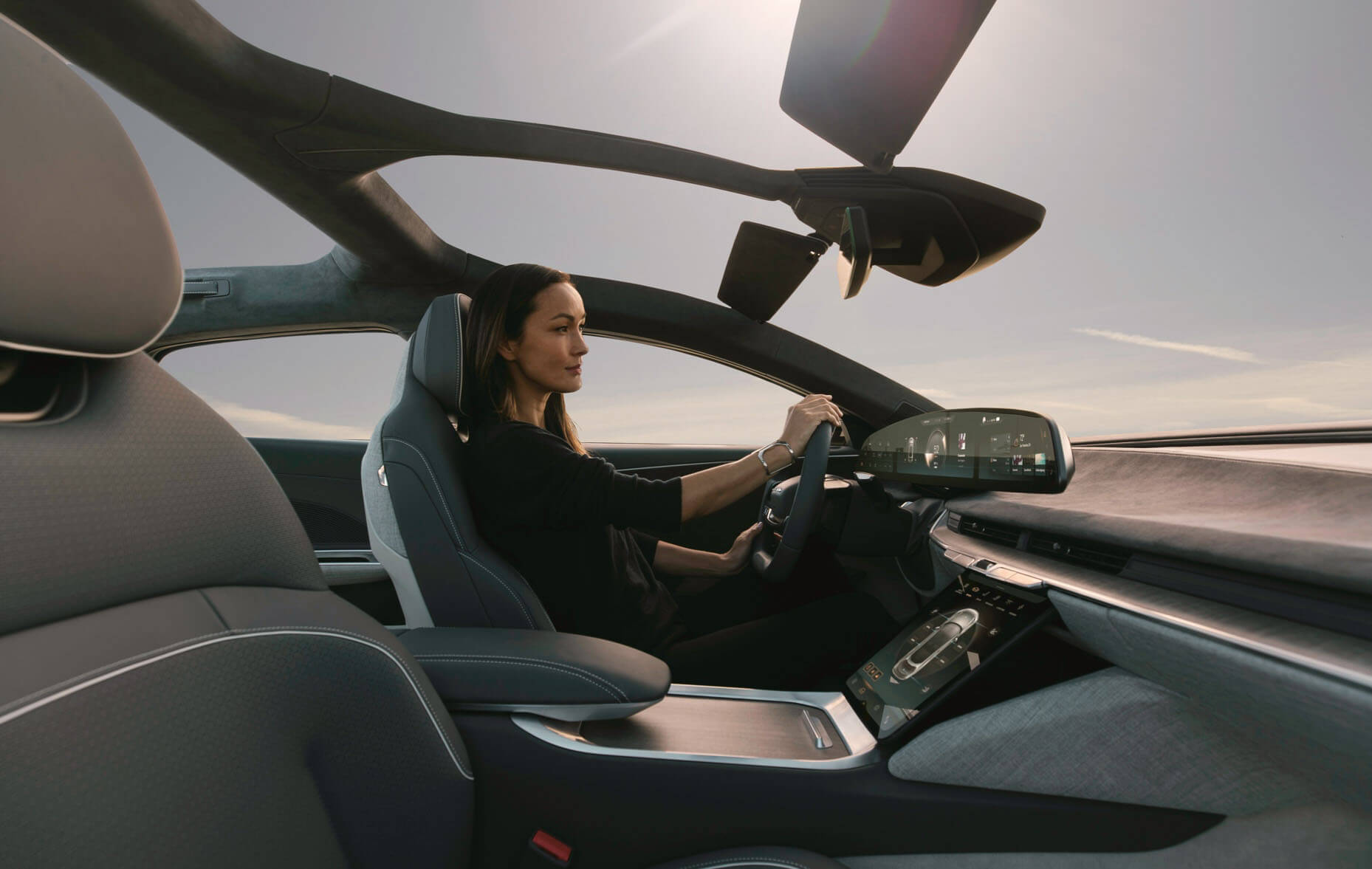
The Lucid Air has been designed with aerodynamics in mind, and Lucid claims the 0.21 drag coefficient means it’s one of the most aerodynamic cars in the world. Apparently, the design has been inspired by aircraft, with clean lines and a “fluid form”. Even all the autonomous sensors have been installed seamlessly into the body of the car.
The inside of the Lucid Air is where it gets really interesting, though, and it’s clearly been designed with luxury in mind. The most obvious feature is the glass canopy roof that gives you a view of the outside world, and an incredible amount of space that Lucid claims is thanks to its miniaturized powertrain components.
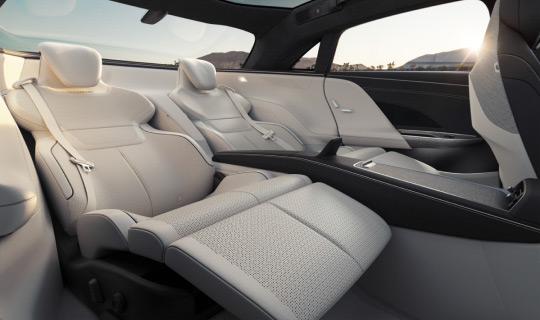
There are a number of interior options, depending on which Lucid Air model you get, though you do get to choose between full grain leather and a leather alternative in a variety of colors. Lucid has also promised that a future option will include fully-reclining rear seats and massaging seats.
You also have the usual array of infotainment options, as is available in almost every electric car hitting the roads. That takes the form of a 34-inch 5L ‘floating screen’ that includes both driving details behind the wheel, as well as navigation and media towards the center of the car. There’s also a digital gauge cluster that can retract into the dashboard.
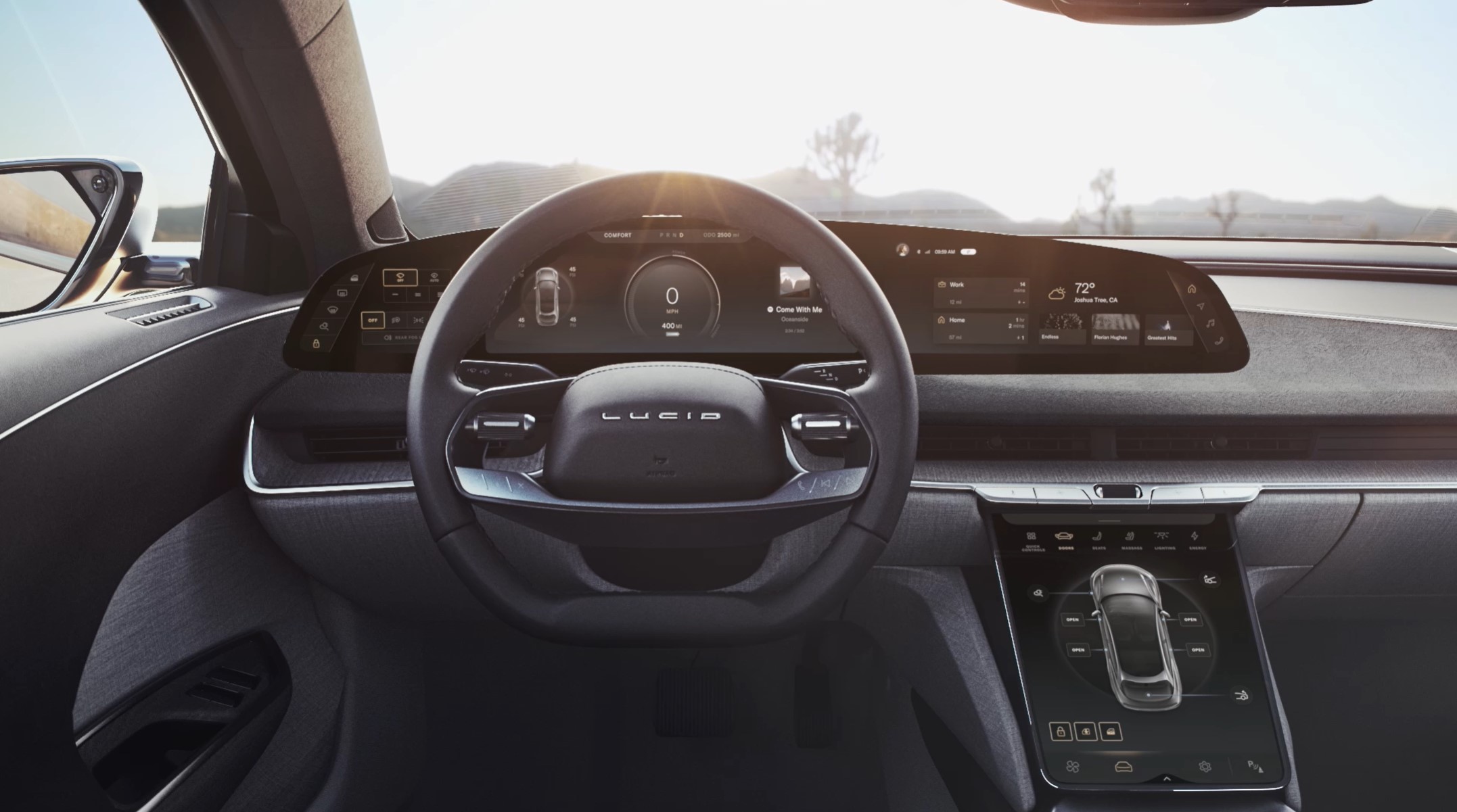
On top of this, some Lucid Air models will also pack in ‘Surreal Sound’, Lucid Air’s immersive audio system. It uses 21 different speakers throughout the cabin, designed to offer directional sounds in ‘concert quality’, and offers Dolby Atmos support. Let’s just hope all your content is streaming at an appropriate quality.
The Lucid Air doesn’t scrimp on the storage either, with 456 liters/16 cubic feet of space in the rear, and 202 liters/7 cubic feet at the front. Obviously, the Lucid Air is a sedan, and you’re not going to pack in SUV-levels of storage. It’s also not as much as the 804 and 150 liters of space in the Tesla Model S, but there’s still plenty of room to pack in groceries and other stuff in there. Plus, you can lower the back seats to make room for the larger items you need to transport.
Lucid Air: Autonomous driving
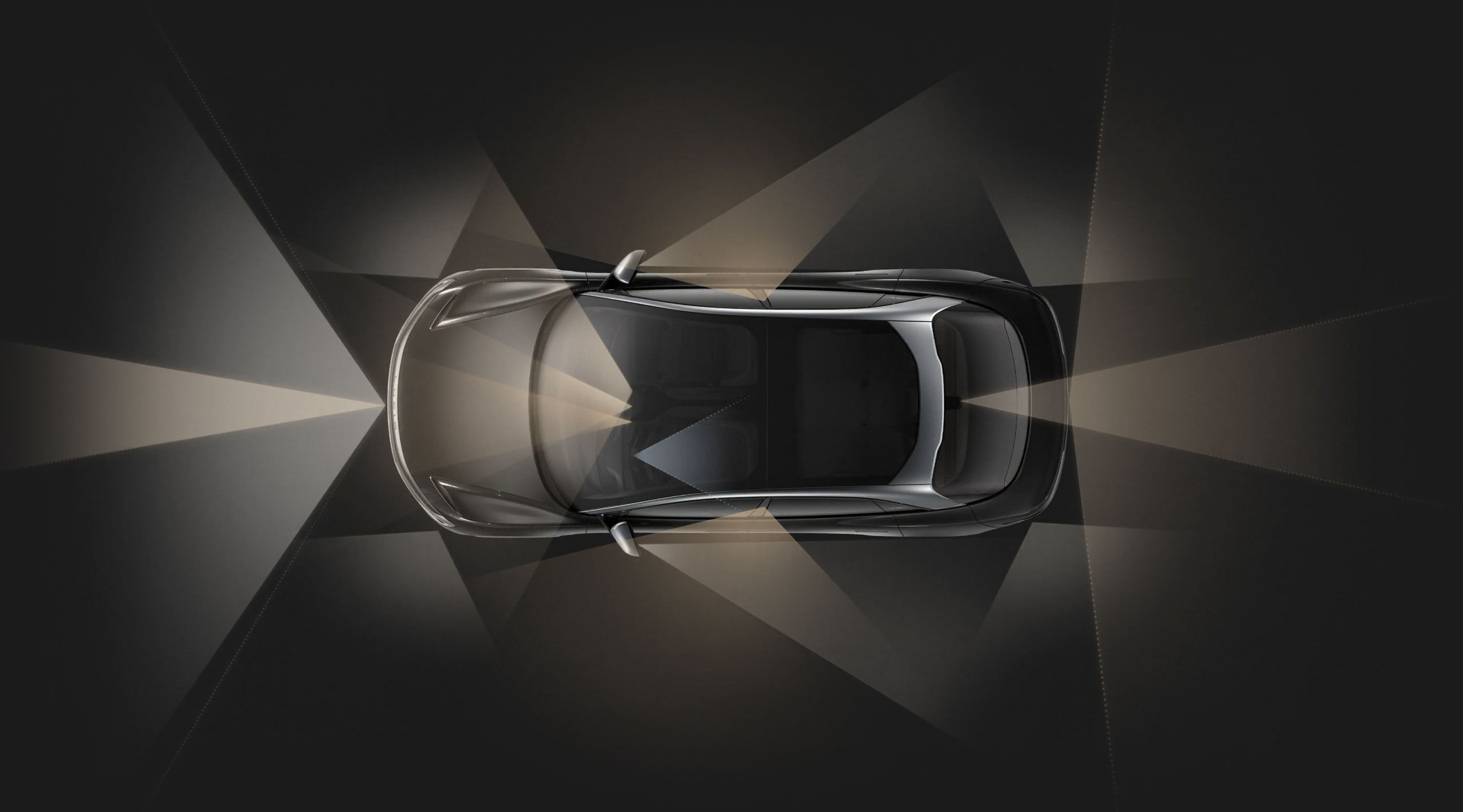
The most important tech in the Lucid Air is the DreamDrive system. DreamDrive is a semi-autonomous driver assistance system that lets the car take over some of the arduous tasks of driving.
Lucid claims DreamDrive is the ‘most comprehensive advanced driver assistance system’ available in an EV, and it features 32 different sensors to see the world around it. These include camera, radar, ultrasonic, and LiDAR.
We don’t know exactly what features will be available, only that Lucid plans to upgrade DreamDrive to a level 3 autonomous system sometime in the next three years. Level 3 won’t remove the need to have someone in the driver’s seat, but it will apparently allow them to take their hands off the wheel and their eyes off the road some of the time.
This system will be similar to GM’s Super Cruise feature, relying on a mix of sensors, an in-car monitor and high-definition maps. However, it will also be geolocked to prevent people using the system where level 3 autonomy isn’t legal.
At launch DreamDrive will firmly be a Level 2 autonomous system, with Level 3 capabilities coming later as an over-the-air update. Other level 2 systems include lane keeping, lane change assistance and adaptive cruise control, and we suspect the Lucid Air will have similar capabilities — though the company hasn’t revealed exactly what’s to come.
It’s not a full self-driving car yet, but if Lucid can deliver on the three-year promise, it means we are getting much closer.
Lucid Air outlook

While expensive, the Lucid Air has an awful lot going for it — more so with the more expensive Dream and Grand Touring models. You're promised range that’s better than practically everyone, solid performance and the promise of better semi-autonomous driving systems than any of its competitors has to offer.
And Lucid is offering all this while showering drivers and passengers with luxury. After all, how often do you get to drive a car with massaging seats? Let’s just hope that Lucid can meet our expectations and deliver on what looks to be a very ambitious vehicle. Stay tuned for our full test drive of the Lucid Air.
- More: Here are the best electric cars you can buy right now

Tom is the Tom's Guide's UK Phones Editor, tackling the latest smartphone news and vocally expressing his opinions about upcoming features or changes. It's long way from his days as editor of Gizmodo UK, when pretty much everything was on the table. He’s usually found trying to squeeze another giant Lego set onto the shelf, draining very large cups of coffee, or complaining about how terrible his Smart TV is.
